iOS’s Health app is severely underrated by many, as it could really help you in times of need. And, with iOS 16’s new Emergency SOS feature, you can inform paramedics or emergency service professionals of your preexisting conditions and health statistics instantly. If you haven’t set up your Health profile, we strongly recommend you get around to doing it ASAP. It could save your life one day! And even if you don’t use it for emergencies, it could help you lose or gain weight as necessary by showing you how many calories you’ve burned or how many steps you’ve walked. If you’re interested in finding out some Health app features, such as how to share your medications list, then read on.
Related Reading:
- How to Use Health Checklist on iPhone and Apple Watch
- How to Set Up Notifications for Medications in Apple Health
- How to Erase Health Data From Apple Watch and iPhone
- 11 Best Health and Fitness Apps for iPhone
Contents

If you take any specific medication, you can easily store it on your Health app so that any emergency responders or doctors can access it easily. You can also use this function to keep track of any vitamins and prescriptions you need to take! Here’s how you can do all that:
- Open the Health app on your iOS device.
- Tap on the Browse tab on the bottom right of the screen.
- Navigate to Medications.
- Add the name of your medication or vitamin and the medication type (capsule, tablet, liquid, etc.).
- Add the medication strength (mg, mcg, g, mL, etc.).
- Choose what time of day you take the medication.
- Choose the shape of the medication and the icon’s color.
- Review medication information to ensure it’s correct, and you’ll receive notifications when it’s time to take them!
To share this information, follow these steps:
- Open the Medications tab in your Health app by following the steps above.
- Scroll down until you see blue text saying Export PDF. Tap on it.
- You’ll see a PDF document with all of your medications. Tap on the share icon in the top right.
- You can choose to message, mail, or AirDrop this PDF to whoever necessary.
Other iOS 16 Health and Emergency Tips
Here are some other cool tips that Apple have implemented into iOS 16 that makes users’ lives so much easier!
Side Effects
Once you list a medication and the dosage on your Medications list, there are a few cool things you can do with it. Firstly, you can track if you’ve been taking your medication properly. You can see a calendar and how many days you may have missed. Secondly, you can tap on the medication and see any potential side effects in great detail. Apple notices the medication, its dosage, and gives you any potential side effects you may experience when taking it. While this may not be a necessary feature, it helps having all this information in one place at your disposal.
Apple Watch Integration
Apps like the Health app work great on the Apple Watch if you’re someone who struggles to remember certain things and don’t carry your iPhone around with you all day. The Apple Watch Health app allows you to receive notifications to remind you when to take certain medication, and you can even interact with the app by inputting your own logs. These kind of uses really show how useful a smartwatch can be.
Emergency SOS via Satellite
As mentioned earlier, you can share your medical information instantly to emergency responders or doctors instantly with the Health app. What’s especially crucial, is that if you’re unconscious or unable to provide responders with this information yourself, they can look at it without intrusive access to your phone. When they access the emergency section of your phone, they can swipe to access your medical ID. With iOS 16’s new Emergency SOS via Satellite feature, you can send responders your medical information even without cellular data or WiFi (as long as you’ve set it up beforehand).
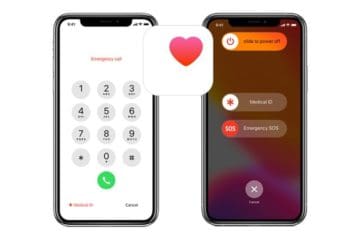
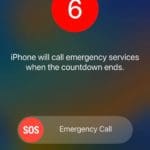
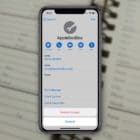

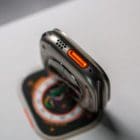

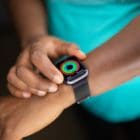

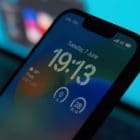

Write a Comment